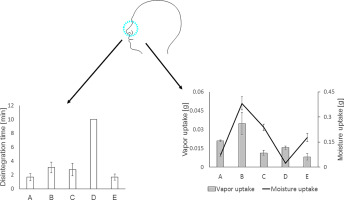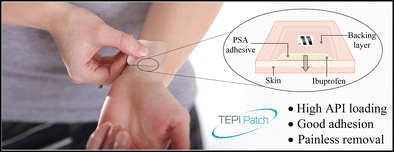- Home
- Blog
- News
- Basics
- Sources
- Agencies, Regulatory & Organisations
- CERSI Excipients Browser
- Excipient Report
- Excipient DMF List
- EXCiPACT Certified Companies
- Excipient Documentation
- Excipient EINECS Numbers
- Excipient E-Numbers
- FDA Inactive Ingredient List
- FDA GRAS Substances (SCOGS) Database
- IPEC Americas
- USP - U.S. Pharmacopeia
- Definitions
- Whitepapers / Publications
- Supplier
- Services
- Media
- Events
- 1st pharmaexcipients Poster Award
- Event Calendar
- Events featured by pharma-excipients
- 4th Annual Formulation & Drug Delivery Congress
- DDF Summit
- ExcipientFest Americas
- ExcipientFest Asia
- Global CompliancePanel
- International Conference and Exhibition on Pharmaceutics & Novel Drug Delivery Systems
- Formulation & Drug Delivery USA Congress
- Laboratory Medicine 2018
- Making Pharmaceuticals Europe
- Making Pharmaceuticals Exhibition
- Pharma Integrates
- PharmaExcipients China @CPhI China
- TTC Technology Training Center
- Jobs
- Online Sourcing
- Contact
19. September 2018
As a widely used excipient in pediatric formulations, propylene glycol functions as a solvent, emulsifier, humectant, and hygroscopic agent. It is a clear, colorless liquid whose properties enable it to have pharmacodynamic applications. Oftentimes, propylene glycol is combined with other mediations to enhance its penetration. For instance, a combination of 20% propylene glycol and 5% lactic acid in a semiocculusive cream base is used as a highly effective and well-tolerated keratolytic in...
03. September 2018
To attain effective and safe pharmacotherapy, formulations in (pre)term neonates should enable extensive dose flexibility. During product development and subsequent authorization and clinical use of such formulations, there is also a need for informed decisions on excipient exposure: in addition to the need to improve the knowledge on active compounds, there is a similar need to improve the knowledge on excipients in neonates. Excipients are added to formulations as co-solvent, surfactant,...
16. January 2018
This present study intended to provide nasal adhesive formulations for the topical treatment of dry nasal syndrome. Mucoadhesive films were prepared according to solvent evaporation method consisting of well-known polymers such as gellan and carboxymethyl cellulose. Mucoadhesive films (A–E) were evaluated in respect to their physicochemical properties, stability, disintegration behavior and tensile strength.
06. January 2018
It is unknown if inactive pharmaceutical ingredients influence the activity of antibiotics they are co-formulated with. Recently it was found that materials acting as carbon nutrient sources for bacteria can promote bacterial dispersion from a biofilm and/or reverse the persister state of a subpopulation of bacteria within the biofilms. Both can make bacteria more susceptible to antibiotics.
20. December 2017
The main objective of this present study was the investigation of potential novel transdermal patch technology (TEPI®) delivering ibuprofen as the active pharmaceutical ingredient (API) using a novel poly(ether-urethane)-silicone crosslinked pressure-sensitive adhesive (PSA) as the drug reservoir in a solvent-free manufacturing process.
21. November 2017
The excipients benzyl alcohol, propylene glycol and ethanol are present in medications used in the neonatal intensive care unit. Exposure to high levels can have adverse effects in a neonatal population. The objective was to quantify excipient exposure in very low birth weight (VLBW) neonates and identify risk factors associated with greater exposure.






